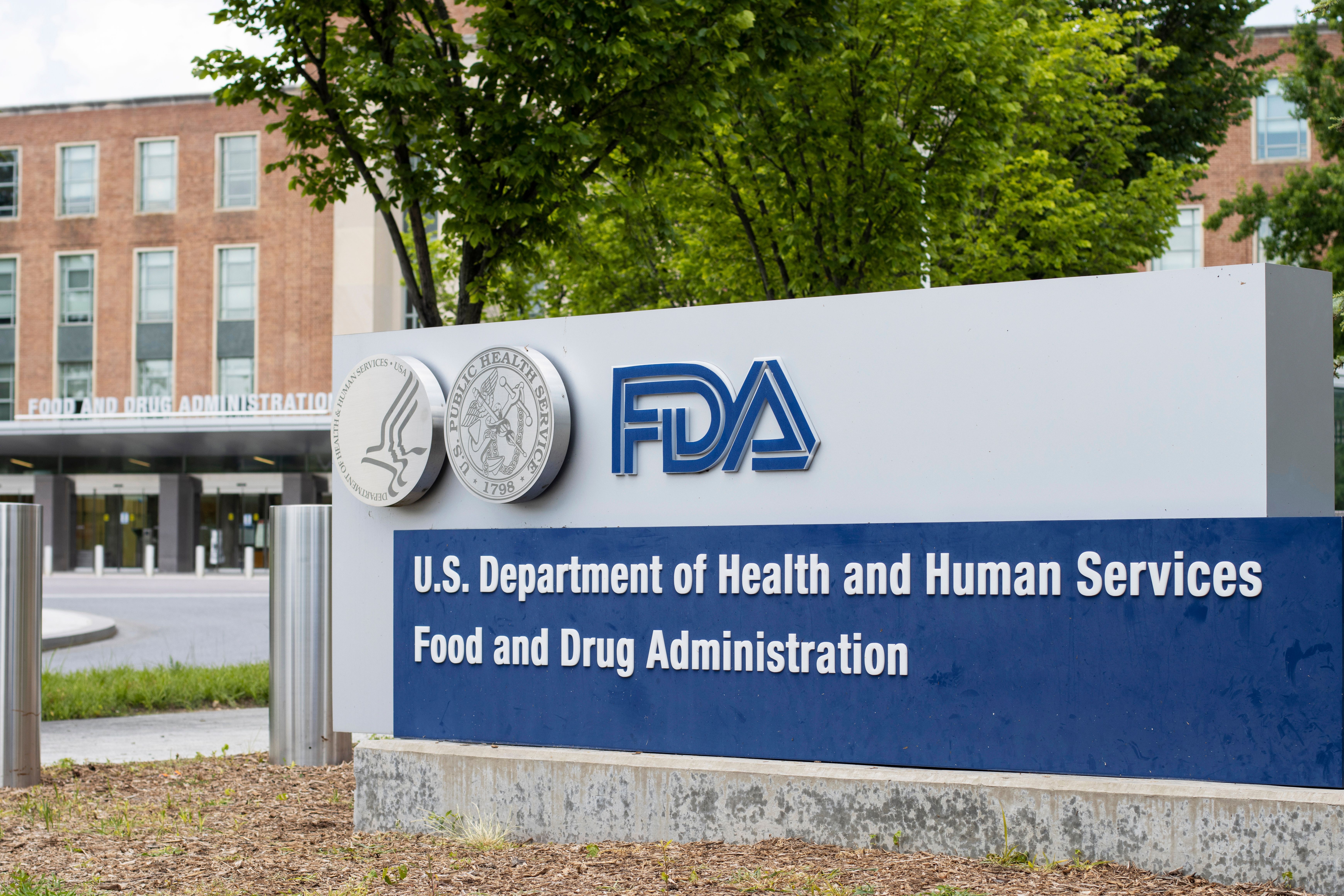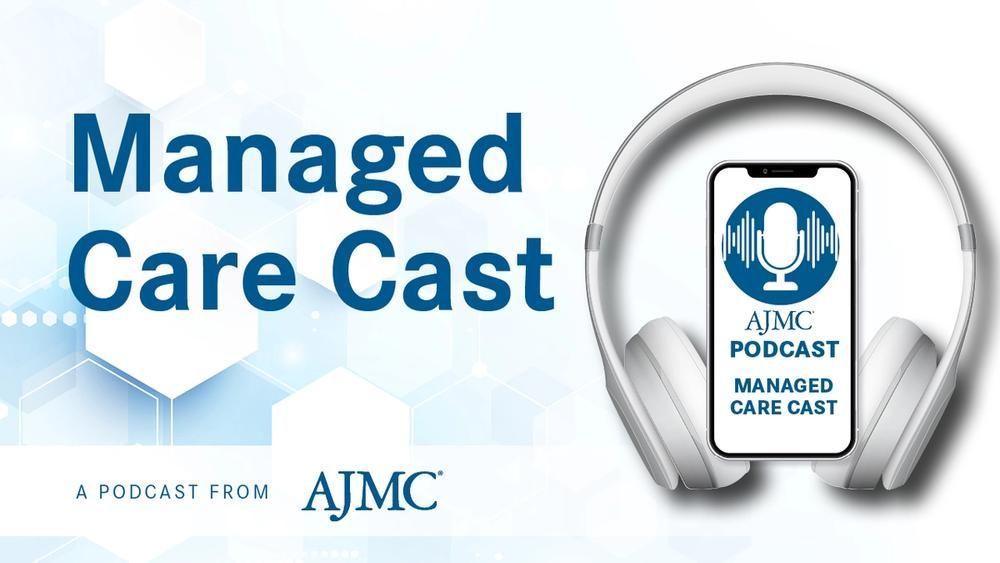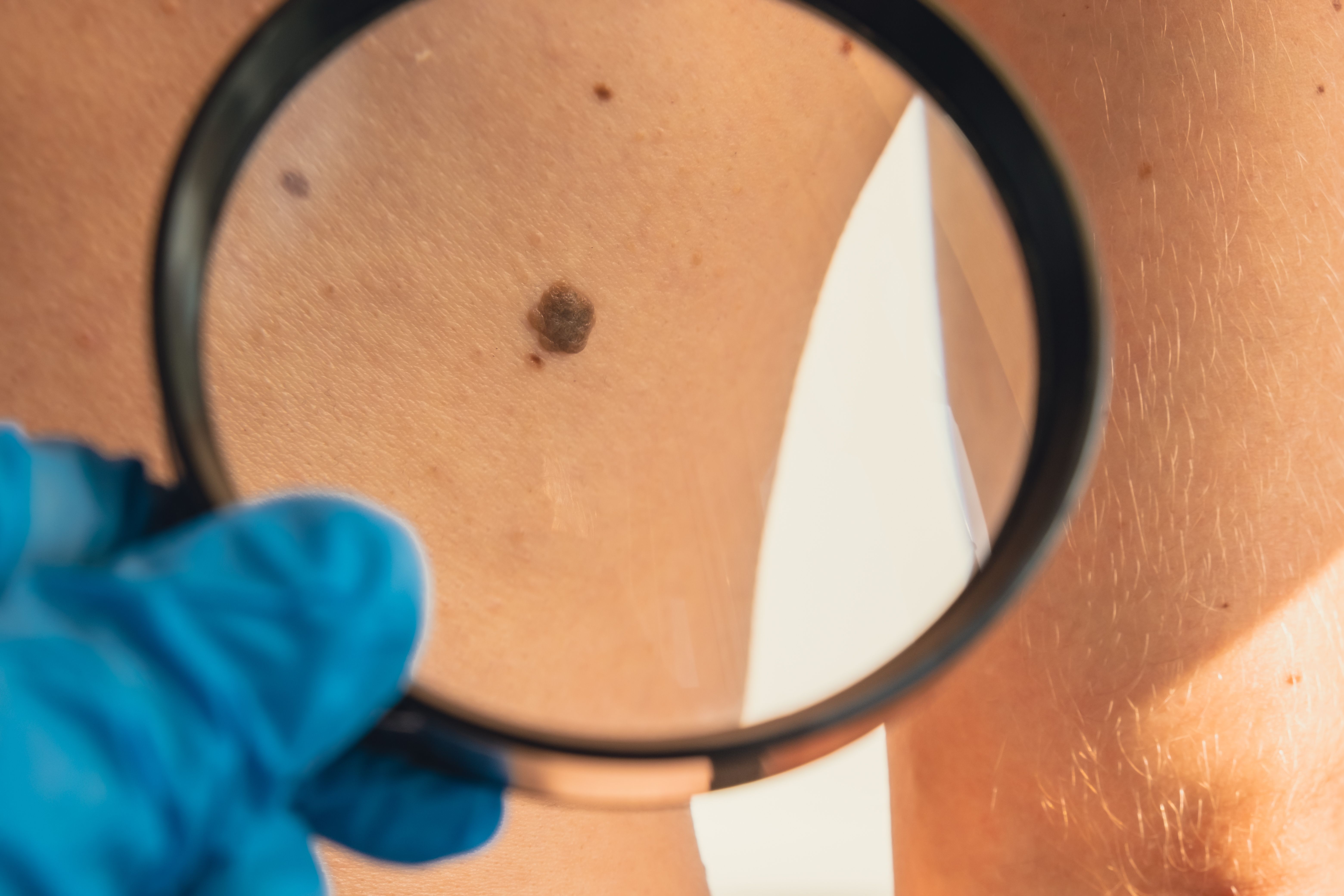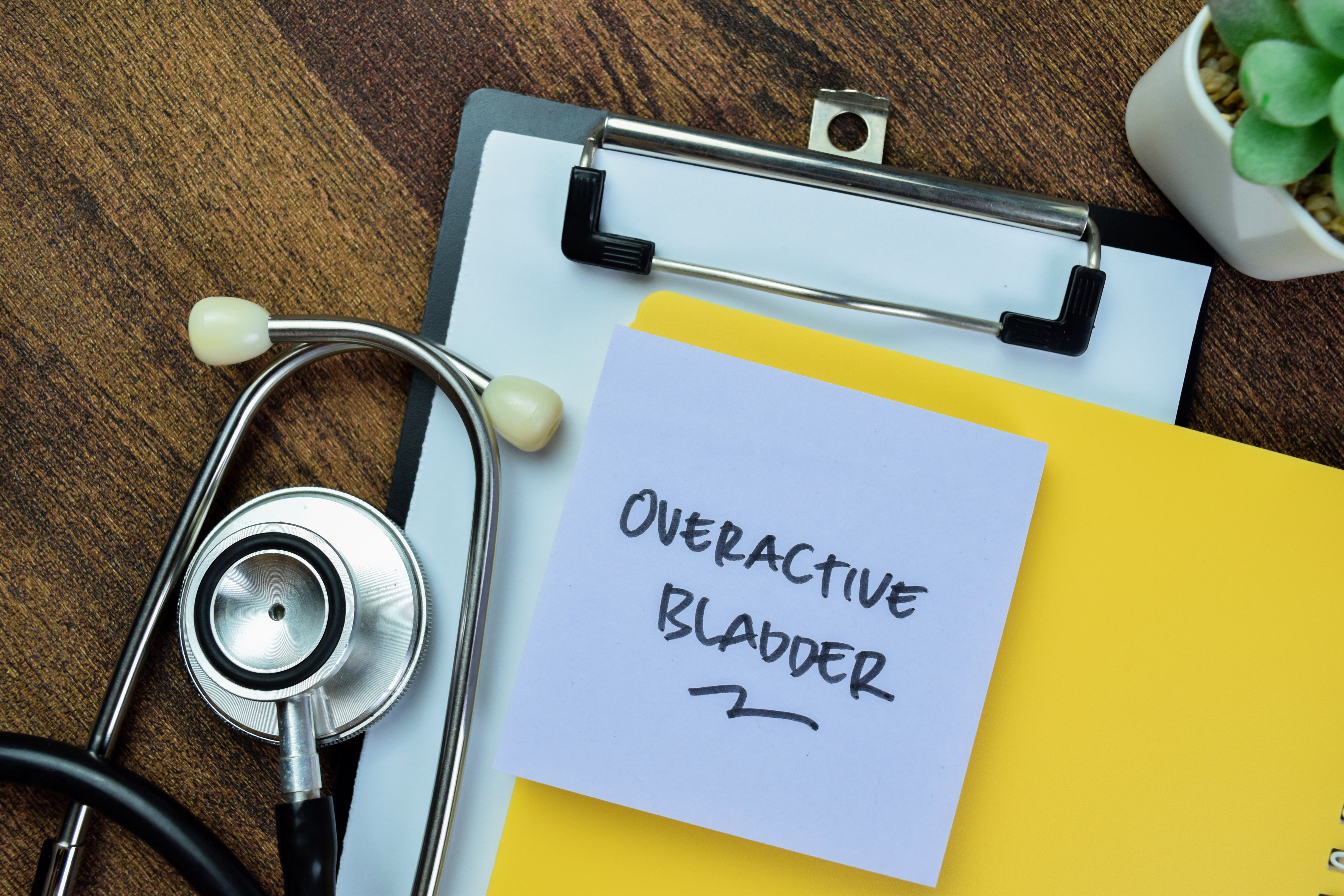News
Article
Phase 3 Data Support Nipocalimab for Myasthenia Gravis
Author(s):
Key Takeaways
- Nipocalimab demonstrates significant long-term efficacy and safety in generalized myasthenia gravis, improving MG-ADL scores and reducing immunoglobulin G levels.
- The phase 3 Vivacity-MG3 study supports nipocalimab's potential FDA approval, with a Prescription Drug User Fee Act action date expected in the second quarter.
The Vivacity-MG3 study is currently in its open-label extension phase, which is investigating the longer-term safety and efficacy of nipocalimab for myasthenia gravis.
Adjuvant nipocalimab is beneficial over the long term, regarding efficacy and safety, in patients with generalized myasthenia gravis when added to standard-of-care therapies, according to new data from the double-blind phase 3 Vivacity-MG3 study (NCT04951622) recently published in The Lancet Neurology.1 The treatment is capable of producing clinically meaningful and sustained improvements to patients’ symptoms up to 6 months.
This conclusion was reached among patients living with generalized myasthenia gravis who were antibody positive and had received the immunoglobulin G1 monoclonal antibody and neonatal Fc receptor (FcRn) blocker for 6 months. Nipocalimab is currently considered an investigative agent, with its application for FDA approval currently under priority review—supported by Vivacity-MG3 data—with an expected Prescription Drug User Fee Act action date sometime in the second quarter of this year.2
“Given burdensome side-effects and long latency for efficacy with conventional agents,” study investigators wrote, “there is a continued need for generalized myasthenia gravis treatments that are safe and provide consistently sustained, long-term disease control.”1 Their primary efficacy end point was mean change from baseline in Myasthenia Gravis Activities of Daily Living (MG-ADL) scale averaged over weeks 22, 23, and 24.
For the randomized double-blind, placebo-controlled, phase 3 Vivacity-MG3, adult patients (mean age, 52 years) were randomized 1:1 between July 15, 2021, and November 17, 2023, to nipocalimab 30 mg/kg initially followed by 15 mg/kgs (n = 98) or placebo (n = 98) for 24 weeks, following a 4-week screening phase; 78.1% were antibody positive (77 from the nipocalimab group and 76 from the placebo group). Each group contained a majority of female patients (65% and 55%, respectively). They came from 81 sites in 17 countries, 1 being the US. Up to 95% of the general population who has generalized myasthenia gravis is antibody positive, the authors noted; broken down, this means 85% are anti-acetylcholine receptor (AChR)–positive; 8%, anti–muscle-specific tyrosine kinase (MuSK)–positive; and 1% to 2%, anti–low-density lipoprotein receptor–related protein 4 (LRP4)–positive.
Vivacity-MG3 study is currently in its open-label extension phase, which is investigating the longer-term safety and efficacy of nipocalimab, an immunoglobulin G1 monoclonal antibody and neonatal Fc receptor blocker. | Image Credit: © Yurii Kibalnik-stock.adobe.com
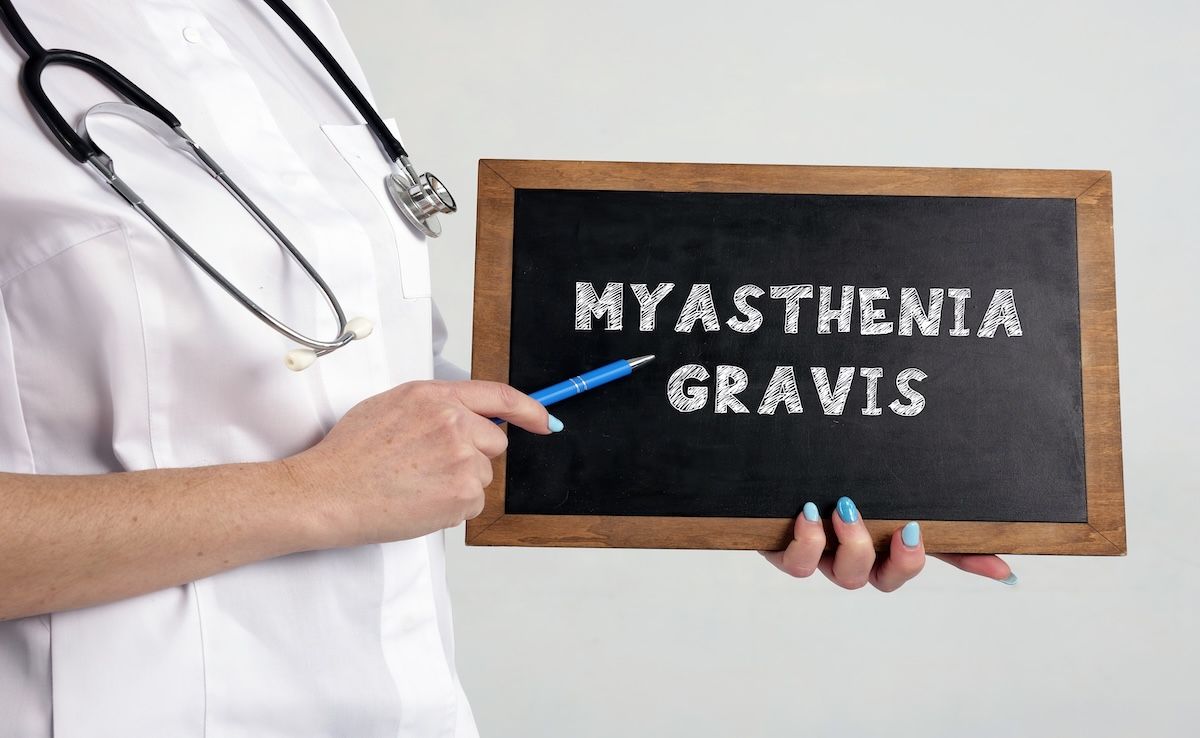
Results
The overall mean (SD) baseline MG-ADL score was 9.4 (2.73) in the treatment group and 9.0 (1.97) in the placebo group, consistent with a significant disease burden, the authors highlighted. Of the original patient cohorts, 87 from the nipocalimab group and 82 from the placebo group completed treatment; 97% and 100%, respectively, were on stable standard-of-care therapy, and 56% and 59% had a history of cardiovascular disease. Eighty-eight percent of the individuals who were antibody positive were positive for AChR, 11% for MuSK, and 2% for LRP4.
The nipocalimab cohort experienced a larger reduction in their MG-ADL total score. These patients had a least-squares mean (SE) change of –4.70 (0.329) compared with –3.25 (0.335) seen among the patients who received placebo. The treatment difference was larger between the male patients than the female patients in each cohort: –2.39 (95% CI, –3.87 to –0.91) vs –0.86 (95% CI,–2.06 to 0.34).
For the key secondary end point of change from baseline in Quantitative Myasthenia Gravis score over weeks 22 and 24, a statistically significantly greater reduction was seen in the nipocalimab vs the placebo group: least-squares mean change of –4.86 (0.504) compared with –2.05 (0.499). The outcome for another key secondary end point, patients who had at least a 2-point improvement in MG-ADL total score, also favored the treatment group, by 16.2% (95% CI, 0.9-31.5; P =.021).
Nipocalimab also rapidly lowered median (IQR) immunoglobulin G levels: by 74.6% (68.7%-79.4%) at week 2 and 68.8% (62.2%-75.3%) at week 24.
Most adverse events (AEs) were mild or moderate, with no significant differences between the groups in infusion-related reactions, infections, and severe infections or infections that required intravenous anti-infective or operative or invasive intervention. However, fewer patients who received nipocalimab experienced serious AEs, and fewer had to discontinue treatment (5 vs 7 patients from the placebo group).
Final results on mean fasting cholesterol levels show the following changes for the nipocalimab vs placebo groups, respectively, at week 24 from baseline:
- Total cholesterol: 7.8% (16.86%) vs –4.1% (12.30%)
- High-density lipoprotein: 7.0% (20.87%) vs –1.6% (13.84%)
- Low-density lipoprotein: 8.3% (23.12%) vs –3.0% (18.56%)
“Statistically significant effects in both patient-reported and clinician-reported outcomes support the clinically meaningful benefits of nipocalimab in generalized myasthenia gravis,” the authors concluded. “The completion of the open-label extension phase of this study will further inform how well treatment effect is maintained with nipocalimab and provide longer term safety data.”
They also recommend that future studies investigate FcRn blockade in patients with generalized myasthenia gravis who are antibody negative, since no FcRn blocker has been shown effective in this population even though they comprise a heterogeneous group with poorly understood pathphysiology.
To Learn More
For more information on nipocalimab and how it works against myasthenia gravis, please check out parts 1 and 2 of our interview with Katie Abouzahr, MD, vice president, Autoantibody Diseases, and Maternal-Fetal Immunology Disease Area Leader, Johnson & Johnson Innovative Medicine2,3:
- Part 1: Understanding gMG: Autoantibodies and Life-Altering Muscle Weakness
- Part 2: How FcRn Blockade Targets Myasthenia Gravis Autoantibodies
References
1. Antozzi C, Vu T, Ramchandren S, et al; The Vivacity-MG3 Study Group. Safety and efficacy of nipocalimab in adults with generalized myasthenia gravis (Vivacity-MG3): a phase 3, randomised, double-blind, placebo-controlled study. Lancet Neurol. 2025;24(2):105-116. doi:10.1016/S1474-4422(24)00498-8
2. Shaw M, Abouzahr K. Understanding gMG: autoantibodies and life-altering muscle weakness. AJMC®. January 17, 2025. Accessed February 6, 2025. https://www.ajmc.com/view/understanding-gmg-autoantibodies-and-life-altering-muscle-weakness
3. Shaw M, Abouzahr K. How FcRn blockade targets myasthenia gravis autoantibodies. AJMC. January 29, 2025. Accessed February 6, 2025. https://www.ajmc.com/view/how-fcrn-blockade-targets-myasthenia-gravis-autoantibodies
